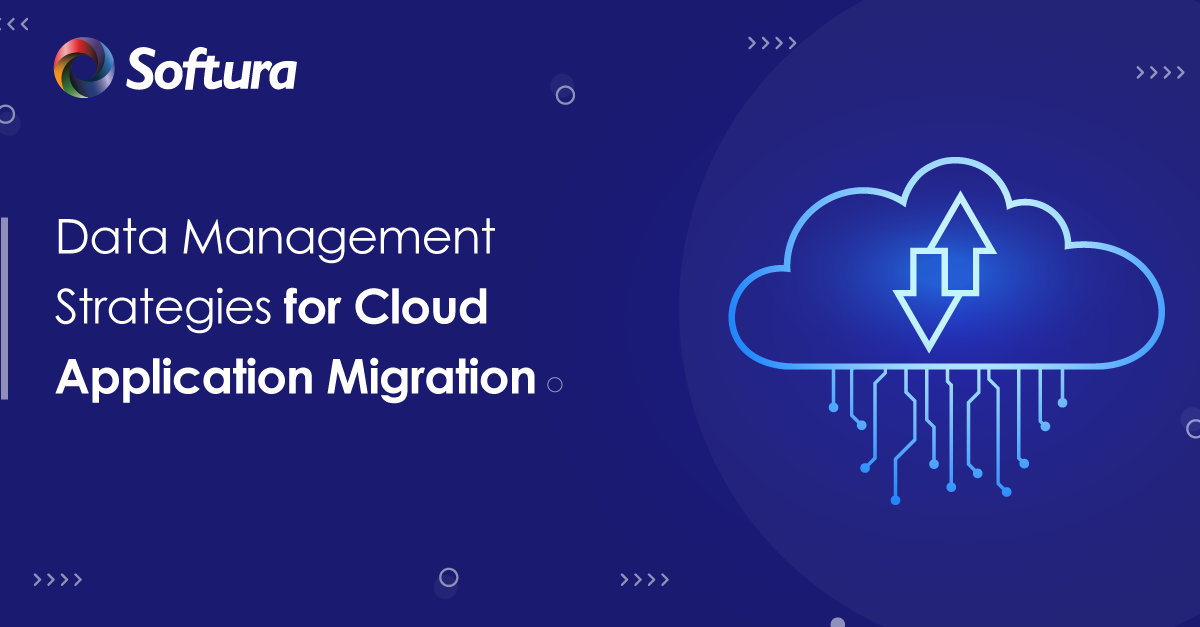Data loss during migration is a significant concern. Implement robust data backup and disaster recovery solutions to safeguard your data. Regularly back up data and ensure that you have a recovery plan in place in case of unexpected events.
In 2018, MySpace reported that, due to a server migration error, they lost a vast amount of user data, specifically music uploaded to the platform from its inception in 2003 until 2015. This resulted in the loss of more than 50 million songs from about 14 million artists.
The incident hurt MySpace's already declining reputation. Many artists who had depended on MySpace as a repository for their work were devastated. It was a clear message to users that their data wasn't safe, further pushing them towards other platforms.
Trust is hard to gain and easy to lose. With this incident, any trust that remained among MySpace's dwindling user base was further eroded.
The tangible financial impact is harder to measure, but it's safe to say that this kind of data loss can have direct financial consequences in terms of users leaving, reduced advertising revenue, and potential legal repercussions.
MySpace did acknowledge the data loss and attributed it to a faulty server migration. However, their statement about the incident was perceived by many as downplaying the severity of the situation, further causing public relations challenges.
This incident underscores the absolute necessity of not only having reliable data backup systems in place but also rigorously testing and validating those systems, especially during critical operations like server migrations.
